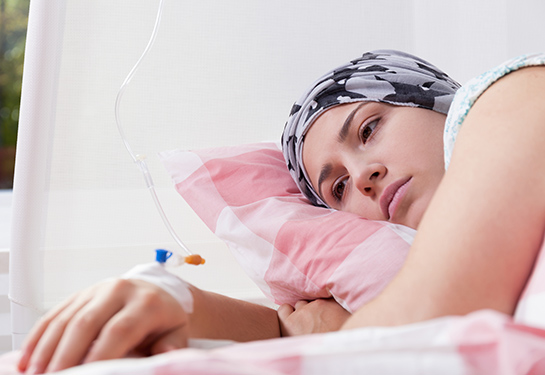UC Davis pediatric heart patient is youngest heart pump patient in the U.S.
Adolfo’s dad, Sergio, thought it was a cold. His son had the usual symptoms. It was going around.

When it lingered, he took Adolfo to the doctor. The flu? No. They were sent home. Ibuprofen and rest were prescribed.
Even resting, though, Adolfo wasn’t himself. For a normal, energetic 10 year old who loves video games, he didn’t want to get up. Even to play Mario Kart.
“He had a headache and no energy, but we could have never imagined what would come next,” said Sergio Ledesma. “We were overwhelmed.”
When Adolfo began to turn pale and could hardly breathe, his dad took him to the emergency room at their local hospital. By this point, Adolfo’s health had declined so much he was airlifted to UC Davis Children’s Hospital. He needed to be in the Pediatric and Cardiac Intensive Care Unit (PICU/PCICU) and UC Davis Children’s Hospital is the Central Valley's only level I pediatric trauma center and emergency department that includes state-of-the-art neonatal, pediatric and pediatric cardiac intensive care units.
A cold virus attacked the heart muscles
When Adolfo arrived at UC Davis Children’s Hospital, his pulse was not normal. An echocardiogram revealed that the problem was with his heart. He was tachycardic … his heart rate exceeded the normal resting rate.
The cold virus had attacked the muscles of the heart and Adolfo was septic. His heart was not functioning properly, working overtime to keep him alive. There was decreased left and right ventricular function. Doctors were afraid he might go into cardiac arrest.
“He was about to die,” said Diana Farmer, chair of the UC Davis Department of Surgery and surgeon-in-chief for UC Davis Children’s Hospital.
Pediatric cardiothoracic surgeon Amy Rahm was called. It was the middle of the night and all she heard was, “We have a child that may not make it.” She raced to the hospital.
Adolfo was put on an epinephrine drip to support his heart function and keep him stable. He needed mechanical assistance to keep his heart from stopping, but couldn’t be sedated because it would suppress his cardiac function. What could they do to save Adolfo while he was still awake?
“We had a whole team of people working to save his life,” said Rahm. “From doctors and nurses to child life specialists, we were all together in the operating room.”
A coordinated team effort to save his life
With local numbing medicine, Rahm was able to go through the groin area to connect Adolfo’s heart to the Extracorporeal Membrane Oxygenation Machine (ECMO) similar to the heart-lung bypass machine used in open-heart surgery so his heart could rest for a couple of days. This was the first best option for immediate treatment, but doctors took another step to help Adolfo’s chances for long-term recovery.
Adolfo underwent surgery to insert an Impella, a small pump that supports a patient’s pulmonary circulation by recovering the heart’s ability to pump blood while allowing the heart to rest and heal.
At 10 years old, he is the youngest patient to have an Impella in the U.S. The procedure involved opening his chest and sewing a graft on to the aorta for insertion of the Impella. Doctors noticed an immediate improvement.
“A decade ago he would have died,” said Farmer. “This is just an example of an everyday miracle that can only happen at a high-end children’s hospital like UC Davis.”
Rahm concurs.
“It was such an amazing effort,” Rahm said. “This would not have been possible if it weren’t for all the talent and resources we have here.”
It wasn’t long before Adolfo had his eye on the prize.
“He was eager to go home,” said Sergio Ledesma.
Adolfo’s Impella was removed a week later. Although trying to get him to want to walk afterward was a challenge for his care team and his parents - he preferred to play Mario Kart - Adolfo was back.
His dad said doctors told him his son was the fastest to recover from a procedure like this.
Adolfo is recovering and happy to be home in Hamilton City. His energy level has increased. Although not back to school yet, Adolfo is much more willing to walk around now that he has some of his strength back; when he’s not playing video games or Legos, that is. Adolfo continues to receive follow-up care at UC Davis Children’s Hospital every three weeks.




